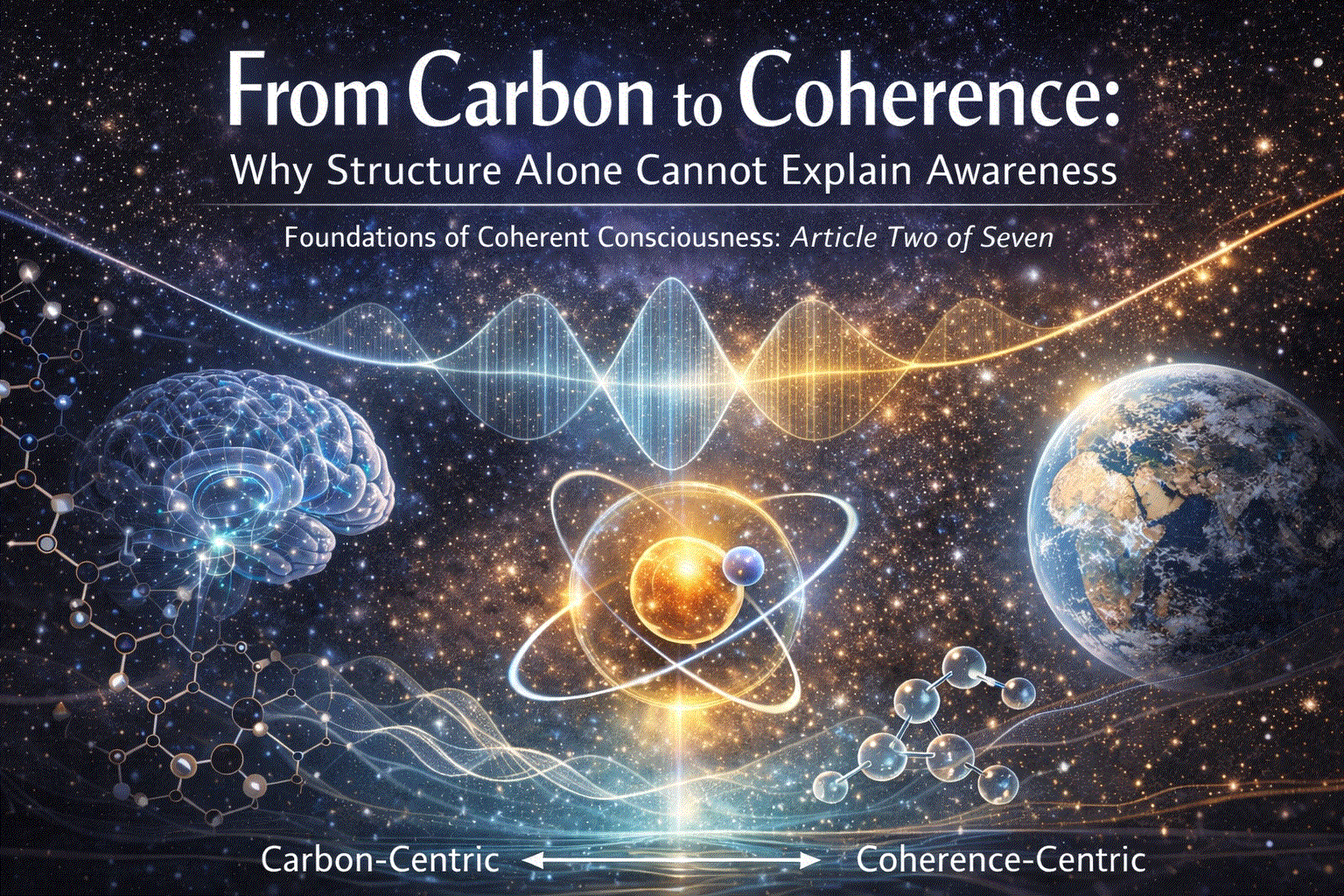Dec11

Today, the issue of industrial waste is one of the most pressing challenges for manufacturers worldwide. Circularity in supply chains—ensuring products and materials are reused and recycled as much as possible—is an essential strategy for reducing waste, increasing resilience, and boosting economic value. This topic was front and center in a recent episode of the Sustainable Supply Chain podcast, where I had the privilege to interview Kenny McGee, CEO of Component Sense, a company that tackles the thorny issue of excess inventory in the electronics industry.
Kenny’s journey began back in 2001 when he observed firsthand the immense waste generated by overproduction and stock mismanagement in the electronics sector. Following a boom in demand, there was a bust, and so many clients were left holding millions of dollars’ worth of unused components. This situation was not just financially burdensome; it was also a potential environmental catastrophe. Valuable resources were left languishing or being scrapped due to poor redistribution systems. In the interview, Kenny shared how witnessing this firsthand led him to set up his company, Component Sense, a company which aims to find new uses for these components, helping reduce waste, increase efficiency, and ultimately contribute to a more sustainable world.

Manufacturing, especially in sectors like electronics, is resource-intensive. Kenny highlighted how an average mobile phone contains two-thirds of the elements in the periodic table—copper, cobalt, rare earths—all mined and processed with significant energy use and environmental impact. Yet, despite the value and effort embedded in these materials, they are often discarded, unused, or destroyed when they become surplus. During our conversation, Kenny shared an eye-opening example: a client in South Korea was scrapping $2.5 million worth of new components each month, simply to prevent competitors from gaining access to these parts. This illustrates a key problem—a narrow competitive mindset, rather than a focus on resource stewardship.
Globally, this wasteful mindset needs to change. In 2019, the United Nations reported that 53.6 million metric tonnes of e-waste were generated, with only 17.4% documented as being collected and recycled. The waste isn’t just about lost materials; it also means lost opportunities to build a more sustainable economy.
One of the standout moments of the podcast was when Kenny spoke about the "InPlant" system—an innovative solution designed to help companies manage excess inventory within their own facilities. By taking feeds directly from their clients’ ERP systems, Component Sense is able to identify excess stock, categorise it, and help redistribute it before it becomes obsolete. This prevents valuable resources from ending up in landfills and helps create a steady supply of parts that are needed by other manufacturers.
This kind of circular thinking isn’t limited to electronics. The automotive industry, for instance, has been making strides in creating more circular production processes. Companies like Renault have implemented closed-loop recycling systems for aluminum and plastic, using waste materials from old vehicles to manufacture new ones. Similarly, the construction sector has begun to see the value in circularity by using reclaimed building materials and modular construction techniques that allow for easier disassembly and reuse.
However, as Kenny explained, the path to circularity is fraught with challenges. Many of these challenges are logistical. Regulatory hurdles—like those introduced by Brexit—can make the movement of materials between regions cumbersome and costly, with shipping companies now reluctant to carry partial loads. Additionally, there is often an internal reluctance within companies to embrace change. As Kenny noted, some companies continue to crush and dispose of brand-new parts instead of redistributing them simply because their systems and incentives are not set up to consider anything beyond immediate bottom-line impacts.
Interestingly, Kenny also talked about the surprising disconnect between company messaging and internal capabilities when it comes to sustainability. He shared an anecdote from an industry trade show where many companies displayed sustainability slogans prominently, but when asked about specific sustainability initiatives, their representatives struggled to give coherent answers. This highlights a gap between ambition and action that many industries must bridge if circularity is to be taken seriously.
True circularity requires collaboration. Governments have a role in this—by encouraging the adoption of more circular processes through regulation and incentives. But, as Kenny pointed out, regulations alone are often insufficient and can be slow-moving. Businesses must lead the charge, embracing circularity not just as a compliance issue, but as a competitive advantage and a core aspect of their operational ethos.
For instance, we’re seeing promising examples of cross-industry collaboration. The European Union’s new Circular Economy Action Plan is pushing for tighter requirements on manufacturers to design products that are easier to reuse, repair, and recycle. Companies like IKEA have started offering take-back services, refurbishing old furniture to be resold or reused, rather than ending up as waste.
The benefits of circularity go beyond reducing waste. It can enhance supply chain resilience by reducing dependency on virgin materials and mitigating the risks associated with resource scarcity. Circular practices can also improve companies' financials by creating secondary revenue streams—such as selling excess stock rather than paying to dispose of it—and by enhancing their brand's reputation among increasingly environmentally conscious consumers.
Component Sense’s work is a great example of circularity in action. By helping companies redistribute excess components, they’re not only preventing waste but also helping smaller companies access parts at a lower cost, thus democratising access to materials that might otherwise be financially out of reach. This "one company's waste is another company's gold" mentality is foundational to circularity.
Kenny also touched on the idea of making sustainable choices the default in procurement systems—whether it’s by tweaking ERP settings to prefer sustainable suppliers or by embedding sustainability metrics directly into decision-making processes. Imagine if an MRP (Material Requirements Planning) system automatically prioritised components that were already in circulation over new ones, leading to immediate reductions in resource use. Such systems aren't yet widespread, but they represent the kind of forward-thinking approach that will help us achieve greater circularity.
In our conversation, Kenny was adamant that the circularity journey doesn’t have to be complex: “Let’s just do the easy stuff first. It’s common sense.” We can start with simple actions, like ensuring companies’ excess stock doesn’t end up in landfills. From there, we can move toward more comprehensive solutions that involve the entire supply chain, making sustainability and circularity the baseline, not the exception.
Circularity in industry is not a pipe dream; it’s achievable with common sense and collaborative effort. By focusing on reducing waste, redistributing resources, and embedding sustainability into everyday decision-making, we can collectively make a significant impact. As manufacturers, governments, and consumers, we all have roles to play in making this vision a reality.
To hear more insights from Kenny McGee on how circularity is transforming the electronics supply chain and learn about his journey building Component Sense, check out the full episode of the Sustainable Supply Chain podcast. Listen and subscribe to stay updated on the latest sustainability strategies reshaping industries around the world.
Photo credit Robert Scoble on Flickr
Blog post first posted on TomRaftery.com
By Tom Raftery
Keywords: AI, Supply Chain, Sustainability
 Why Leaders Are Struggling Even When Everything Looks Fine
Why Leaders Are Struggling Even When Everything Looks Fine From Carbon to Coherence: Why Structure Alone Cannot Explain Awareness
From Carbon to Coherence: Why Structure Alone Cannot Explain Awareness Michael Fauscette's 2026 Predictions for B2B Thought Leadership
Michael Fauscette's 2026 Predictions for B2B Thought Leadership Dispatchable Solar Is Now the Cheapest New Power You Can Build
Dispatchable Solar Is Now the Cheapest New Power You Can Build The Silicon Scientist: Gemini 3 Flash, High-Reasoning Agentic AI, and the Legacy of the Bose–Einstein Condensate
The Silicon Scientist: Gemini 3 Flash, High-Reasoning Agentic AI, and the Legacy of the Bose–Einstein Condensate